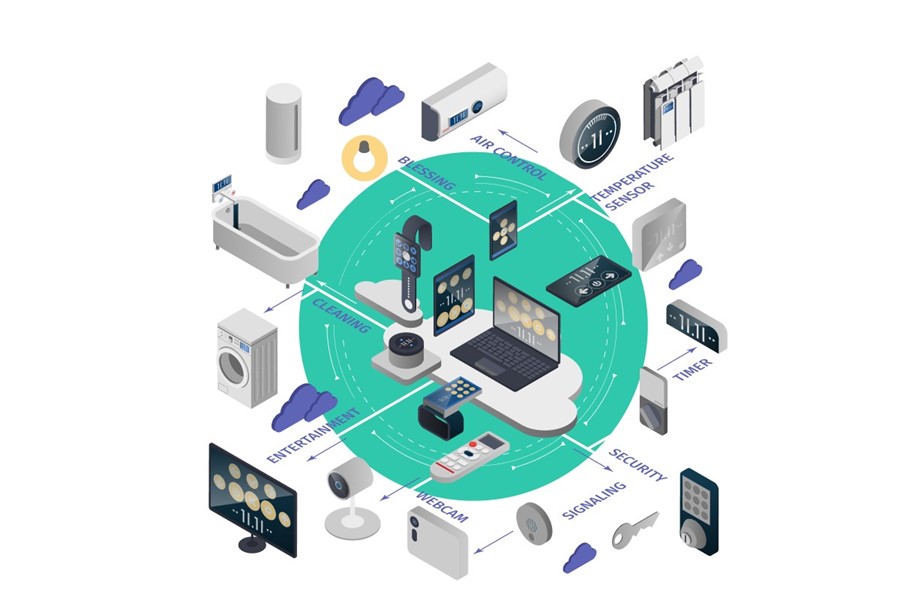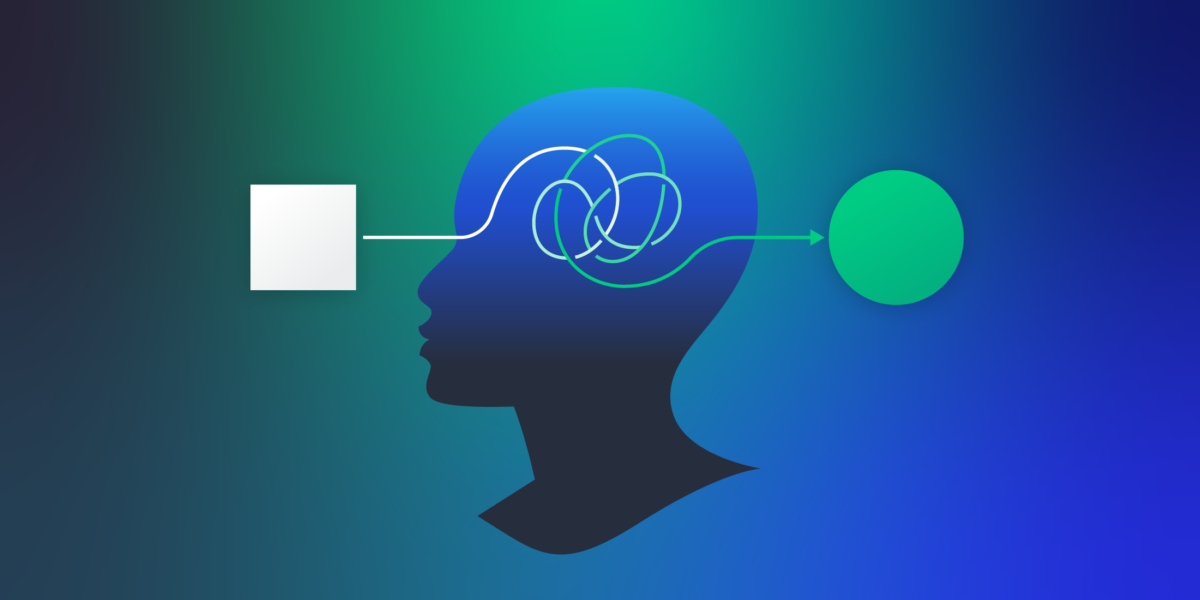The Internet of Things (IoT) is revolutionizing our everyday lives like no other technology before. Smartphones now control our garages, turn on room lights, and brew our coffee, making the IoT an indispensable part of daily life. Now, the focus of the IoT is on delivering an exceptional user experience (UX).
The new modern world is characterized by applications, gadgets, facial recognition, and, most importantly, outstanding UX. User experience is all about designing services or products that meet users’ needs.
Understanding IoT, Its Significance and Impact
The Internet of Things (IoT) has ushered in a significant technological shift, much like the early days of computers and cell phones. At its core, IoT interconnects devices or “things” embedded with chips, sensors, transmitters, actuators, wireless connectivity, and cloud technology. IoT’s scope extends from smart homes to connected city systems, promising to transform our interaction with the environment.
What is IoT? – A Definition and Explanation
The Internet of Things (IoT) refers to a network of physical objects embedded with sensors, software, and other technologies. These objects connect and exchange data with other devices and systems over the internet. Objects ranging from everyday household items to advanced industrial tools fall under this category. Today, there are over 7 billion connected IoT devices, and the number is expected to rise to 10 billion by 2020 and 22 billion by 2025.
Thanks to low-cost computing, cloud technology, big data, analytics, and mobile technologies, physical objects can share and collect data with minimal human interaction. Digital systems can record, monitor, and adjust each interaction between connected objects, merging and interconnecting the physical and digital worlds.
Discussing the impact of IoT on various industries and everyday life
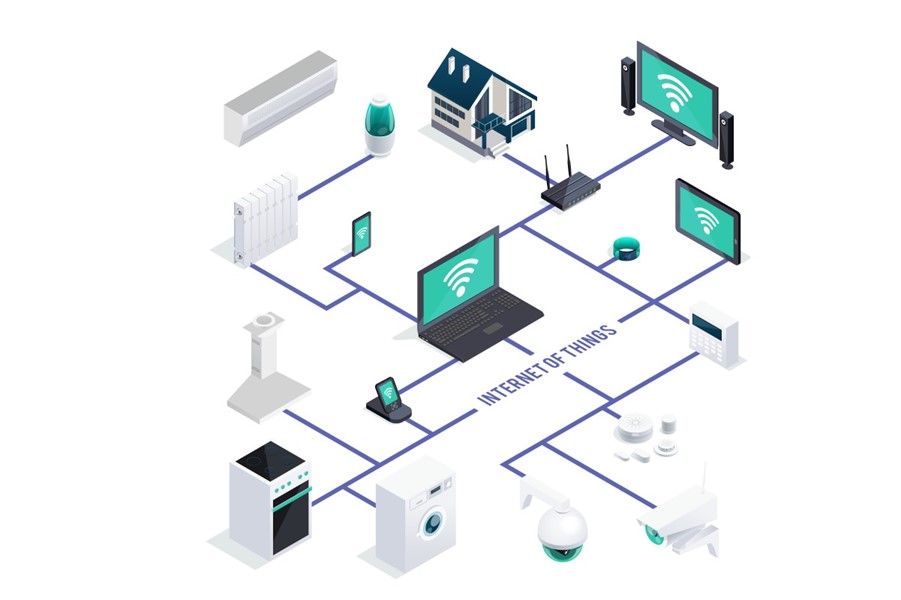
In recent years, IoT has emerged as one of the most significant technologies of the 21st century. It connects everyday objects like kitchen appliances, cars, and thermostats to the internet through embedded devices, making efficient communication between people, processes, and things possible.
Industrial IoT (IIoT) focuses on sensor and device control and cloud technology integration to apply IoT technology in industrial settings. Industries have traditionally used machine-to-machine communication (M2M) for wireless automation and control. However, with cloud computing, analytics, and machine learning advancing rapidly, industries can now achieve a new level of automation, leading to new revenue and business models. IoT is often called the fourth wave of the Industrial Revolution or Industry 4.0. Common uses for IoT include:
- Smart manufacturing
- Smart power grids
- Smart cities
- Smart digital supply chains++
- Connected assets and preventive and predictive maintenance
- Connected logistics
IoT’s ability to provide sensor data and enable device communication is now used in various applications:
- Monitoring machine and product quality to improve manufacturing efficiency
- Improving tracking and “ring-fencing” of physical assets for location determination and theft protection.
- Monitoring human health analytics and environmental conditions with smart wearables.
- Increasing process efficiency, such as IoT for fleet management in connected logistics.
- Using IoT devices for connected assets to make business process changes, such as monitoring machine health and triggering preventive maintenance service calls
The Pivotal Role of UX in IoT Innovations
In IoT, UX design aims to create experiences that adapt to users’ preferences, behaviors, and environments using sensors, location data, user profiles, and historical interactions. Designers customize interfaces to deliver relevant information, personalized recommendations, and proactive services. Context-aware UX design allows IoT devices to predict and respond to user needs in real time. Since IoT generates vast amounts of data, UX design visualizes this data converting making it easily understandable manner. Techniques like charts, graphs, heatmaps, and interactive dashboards help users understand the data, track trends, and make informed decisions based on IoT data, improving the usability and utility of connected devices.
What is User Experience (UX) in IoT?
UX adds value to IoT products by focusing on user-centric design. UX research is conducted during IoT software development to understand users and assess their needs. UX encompasses interactions with services, products, and devices and is characterized by appealing aesthetics, easy usability, smooth communication, and technical support. Anything used by users falls under user experience.
This is why IoT-based enterprises seek reliable UI/UX design services. A proper user experience ensures dedicated, loyal customers for their business. Digital businesses and enterprises constantly strive for excellence in UX IoT design, recognizing its importance in achieving their goals.
Understanding UX in the Realm of IoT
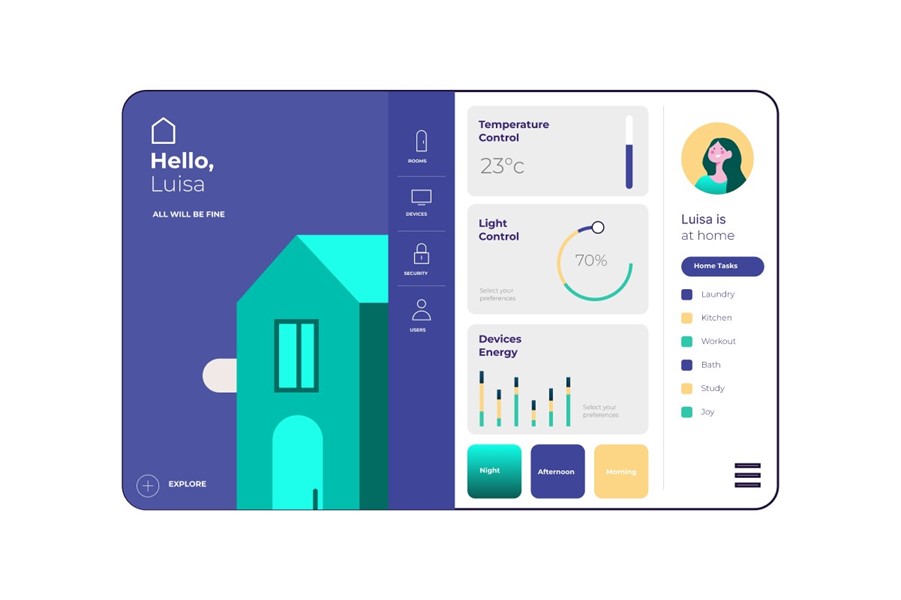
As IoT devices become increasingly integrated into our daily lives, their user-friendliness becomes significant. A report from the McKinsey Global Institute estimates that IoT could generate an annual economic impact of $3.9 trillion to $11.1 trillion by 2025. From devices that monitor room temperature to those detecting dangerous gas leaks, user experience is now the main focus of IoT.
IoT user experience involves everything from standard paths and structures to specific actions. The internet’s role in IoT is critical, as it focuses on personalizing products for individual users and ensuring connectivity to other IoT devices. A lack of connectivity can hinder product responsiveness, frustrating users who may repeatedly tap buttons without visible results.
IoT-based product designs require a network-centric approach rather than a single-screen focus. Teams working on IoT UX design need to incorporate diverse functionalities while maintaining a consistent system feel.
Case Studies:
Products like the Fitbit Fitness Trackers are prime examples of excellent IoT UX design and are commonly referenced in IoT UX design.
Fitbit Fitness Trackers
Fitbit’s fitness trackers showcase effective IoT UX design through user-friendly interfaces, real-time activity tracking, and tailored insights. These devices smoothly integrate with a mobile app, allowing users to easily track their health and fitness progress. The app offers comprehensive data visualizations, goal-setting features, and customized advice, motivating users to pursue healthier habits.
Creating Essential Elements of an Effective IoT UX Design
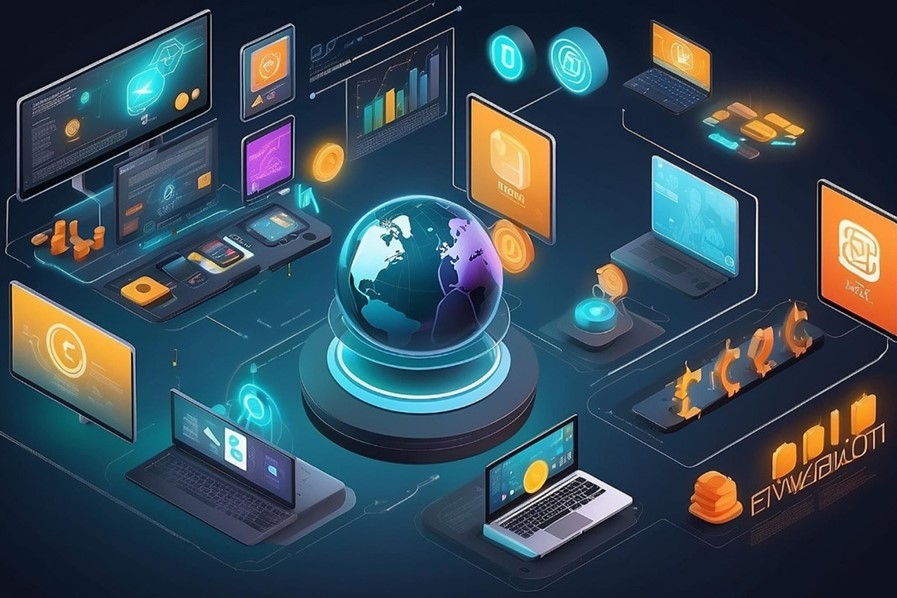
Must-have elements in IoT user experience design:
1. Simplicity (Minimalistic): Simple, easy-to-navigate UX that delivers a responsive and effortless experience. For instance, a few button presses should be able to light up a house, turn on the air conditioning, and play a movie on a smart TV.
2. Consistency: Consistent design structures and elements help users easily navigate functions, even with limited product knowledge.
3. Familiarity: IoT devices should be familiar, even if they haven’t been used before. For example, a smartwatch should be easy to use and set up as a regular watch.
4. Ease of Use: A user-friendly, quick, and not overly technical interface.
5. Personalization: Personalized control options to cater to users’ preferences.
6. Flexibility: Flexible and adaptable systems can handle different operating environments and parameters without issues.
7. Compatibility and Connectivity: Connectivity in UX design for compatibility with various devices and platforms for a seamless experience.
8. Scalability: A well-developed system that can handle varying types of data and tasks without sacrificing quality or speed, avoiding the need for constant adjustments.
9. Transportability/Interoperability: Transportable and interoperable IoT products for widespread adoption.
10. Security and Privacy: A fine balance between high-security levels and smooth design flow is needed to address privacy concerns within connected devices and the IoT infrastructure.
Navigating UX Design Challenges in IoT
The Internet of Things (IoT) is an emerging technology expected to have over 46 billion connected objects. With the rise of ‘smart’ devices, UX designers face challenges in adapting their products to this technology. Designing IoT products requires incorporating artificial intelligence and addressing usability concerns, as most devices in this infancy stage lack user-friendliness.
Unique UX Challenges in IoT
Designing UX for the Internet of Things presents cross-platform challenges. With a wider variety of device form factors and many devices lacking screens, intermittent connections can lead to system inconsistencies, affecting the user experience.
Multiple Interfaces
IoT has recently entered the consumer market with many standalone smart devices. However, these devices often don’t communicate or interconnect with each other. A unified interface is crucial for IoT’s potential, as using separate apps for each device can complicate life. Efforts are underway to create an open standard for IoT, with organizations like the Open Internet Consortium, Open Connectivity Foundation, and AllSeen Alliance working on interoperability.
Usability
The IoT is meant to improve our lives by automating routine tasks and freeing up our time. However, IoT is still in its early stages and often lacks usability. Many IoT devices currently on the market are not user-friendly. Since traditional usability approaches don’t apply, UX designers must base optimizations on end-user experience research.
Device Connectivity
IoT relies on network connections to transfer data between devices without human intervention. Most new IoT devices use WiFi, but connectivity issues are common, as seen with laptops and smartphones. We expect immediate responses from everyday items like refrigerators or garage doors so that slow connections could cause delays. The first generation of IoT may face these challenges, and it’s unclear if we’re prepared for them. IoT devices are often energy-saving and may go offline when inactive, requiring time to reconnect via mobile apps. UX designers must consider these scenarios.
Lack of Efficiency and Effectiveness
Embedded system capabilities are limited by cost. Developing better design approaches for IoT devices can help contain costs and improve efficiency and user experience.
Battery-Life Limitations
As smartphone screens grow to accommodate larger batteries, battery life remains a hardware engineering issue. Larger batteries can provide greater capacity, affecting the overall user experience.
System Security
It is essential to ensure the security and reliability of embedded systems through cryptographic algorithms and security approaches.
Emerging Standards
The IoT landscape is confusing due to conflicting standards developed by companies vying for dominance. This can lead to compatibility issues between devices.
Best Practices for UX Design in IoT
UX Research: Understanding the value an IoT device offers to users and the business is crucial. IoT UX design involves creating services and experiences that can enhance people’s lives, requiring in-depth qualitative analysis.
Building a Strong Brand: Unexpected issues can arise in the real-world context of IoT solutions. A strong brand can help maintain user trust even when system failures occur.
Taking a Holistic View: IoT solutions often consist of multiple devices with various capabilities. Adopting a holistic design approach will ensure a seamless experience across the entire system.
Safety and Security: IoT solutions have real-world consequences. So, building trust with users through every interaction is vital to ensure safety and security.
Emerging Trends in IoT and Implications for UX Design
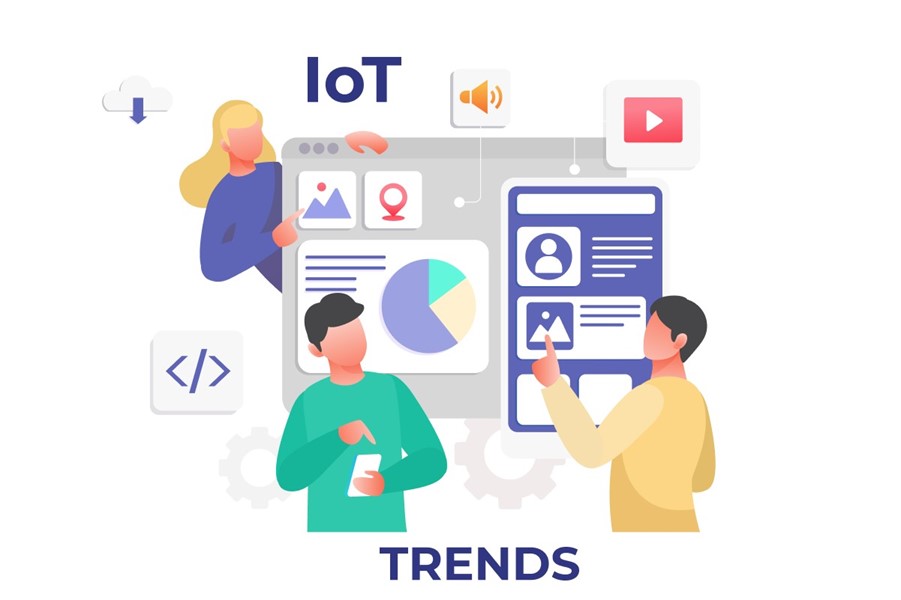
UI/UX design for IoT is expected to evolve with technological advancements. Trends include
- Integrated voice and gesture controls
- Augmented reality interfaces
- Predictive analytics to anticipate user needs.
Designers must stay informed about these trends to create innovative UX solutions for IoT devices.
Conclusion
The merging of UX design and IoT offers promising opportunities to develop intuitive and exceptional experiences across various physical products and smart devices. Designers can influence the direction of IoT UX design by adhering to principles of superior IoT design, steering clear of common pitfalls and challenges, and adapting to future trends. With a focus on the user, IoT UX design can realize the full potential of connected devices, enhancing convenience, productivity, and overall user satisfaction in the Internet of Things.
![]() Give feedback about this article
Give feedback about this article
Were sorry to hear about that, give us a chance to improve.





